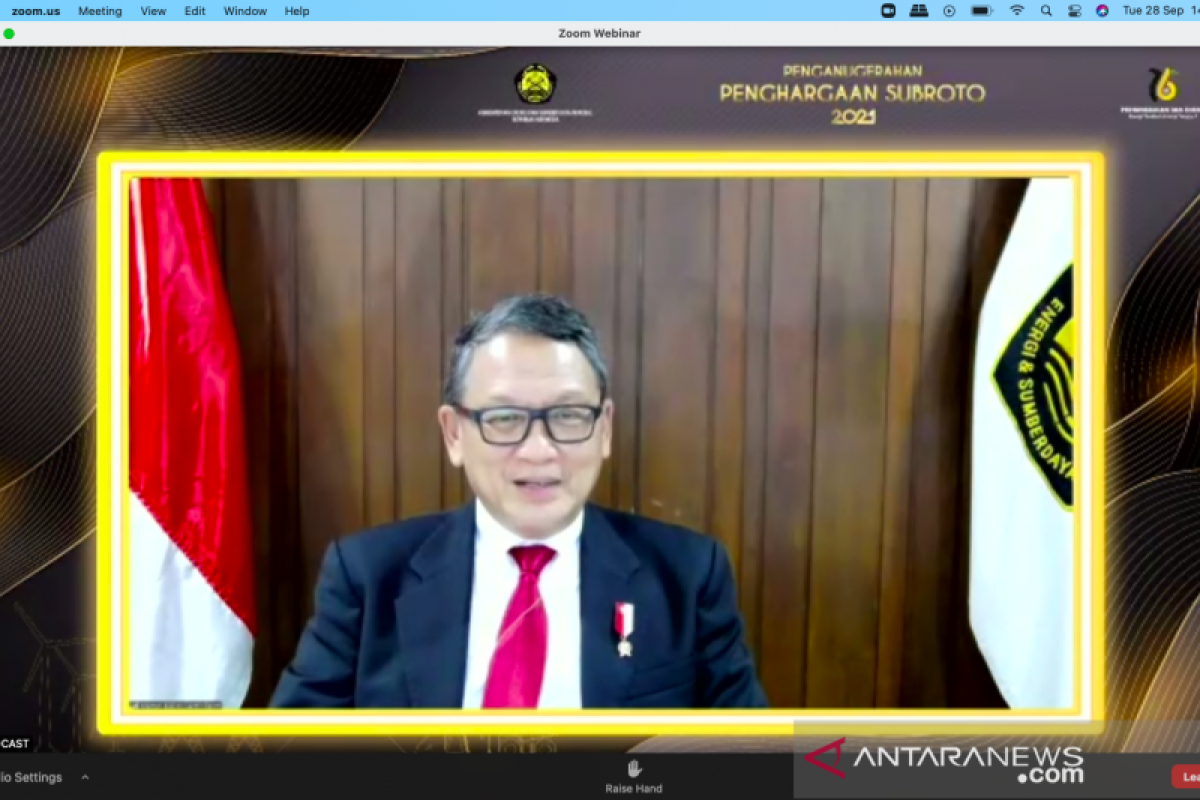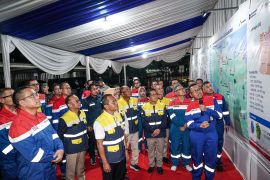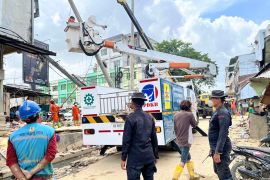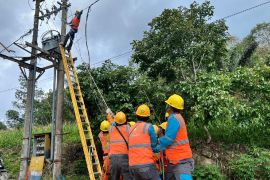The expectation is to provide Indonesia's remote regions electricity by constructing easy and affordable plants.Jakarta (ANTARA) - The Ministry of Energy and Mineral Resources (ESDM) has said that Indonesia's electrification ratio reached 99.4 percent in the first half of 2021, reflecting an increase of 0.2 percent compared to the year-ago period.
"The electrification ratio currently has reached 99.4 percent. Next year, we target 100-percent electricity on all households," ESDM Minister Arifin Tasrif remarked at the 2021 Subroto Awards here on Tuesday.
The development of electricity, oil, and gas infrastructure continues to be accelerated to achieve energy resilience and sovereignty, he said.
The ministry has also bolstered minerals and coal processing and refining, he informed.
In addition to perfecting the electrification ratio, there are two other programs that are being prioritized by the government, which pertain to the ratio of electrified villages and service quality, he said.
To meet these targets, the government has prepared several strategies along with state electricity company PT PLN, Tasrif informed.
The strategies have been adjusted as per field surveys and adapted to the individual needs of regions, he said.
Related news: East Kalimantan PLN electrifies Ambalat Beach, donates Rp560 million
The strategies include enabling network expansion or grid extension by connecting villages or households that are close to PLN grids, the minister said. In 2021, there are 24 villages targeted for network expansion, he added.
Furthermore, mini-grids comprising local renewable energy-based plants will be built for community groups living in 37 hard-to-reach villages this year, he informed.
New renewable energy plants, electric charging stations (SPELs), and electricity distribution devices (APDALs) will also be built to serve people in remote areas, he added.
At least 20,711 units of APDAL, or electricity tubes, will be provided for 285 villages in 2021, he said adding their provision will be supported by this year's state budget. The SPEL will be funded by PLN, he continued.
Another strategy that is being pursued by the government to boost electrification is the construction of solar power plants (PLTS) and the development of rural electricity sources, Tasrif said.
The expectation is to provide Indonesia's remote regions electricity by constructing easy and affordable plants, he added.
Related news: 10 remote villages in East Nusa Tenggara get power supply
Translator: Sugiharto P, Kenzu T
Editor: Rahmad Nasution
Copyright © ANTARA 2021












